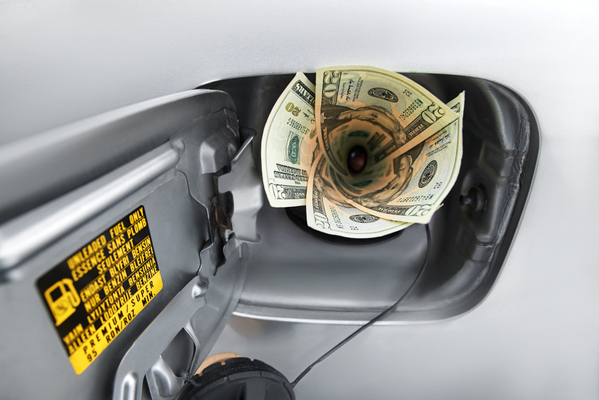Even with enormous amounts of government funding and tax incentives, electric vehicles (EV) cost more to run than conventional gas-powered vehicles, a new analysis finds.
When gas prices reached record highs last year, EV proponents took advantage of marketing the high savings from skipping the gas pump. However, EVs still need fuel, which is not so affordable when energy costs remain high.
The average cost of charging an electric car has risen by 58 percent since last May, reports the Epoch Times. Using fourth-quarter 2022 data, a consulting company finds gas-powered vehicles cost $11.29 to drive 100 miles on average. To drive 100 miles in an EV, charging mostly at home costs $12.40 on average or $15.95 if charging mostly at commercial charger stations.
The report comes as gas prices have dipped while electricity is trending upward. This is the first time in 18 months that gas-powered vehicles are more economical to drive than EVs.
Regardless of one’s personal vehicle preference, the agenda to turn Americans toward costly EV options is made possible through financial incentives offered by the federal government.
The government spending spree – whirled into the name Inflation Reduction Act (IRA) – provides a $7,500 income tax credit for new electric vehicles and $4,000 for previously-owned electric vehicles. It also gave $1 billion in grants for the purchase of “clean heavy-duty vehicles and $2 billion in grants for the production of various types of electric vehicles.
Additionally, the Infrastructure Investment and Jobs Act recently allocated $7.5 billion to states to build electric vehicle charging stations. But the catch is states can only take the funds if they place EV charging stations every 50 miles apart.
All of these EV incentives contribute to the rise in the national debt ceiling while encroaching on state sovereignty.
As reported by CNBC in 2021, “While EVs usually have higher upfront purchase prices, owners can save a lot on operating expenses. A 2020 Consumer Reports study found that EV owners, on average, spend 60% less on fuel compared to internal combustion engine vehicles.”
The public messaging around the matter is clear, but it's not accurate. A new report from The Daily Signal details why EVs aren't a realistic option in freezing cold climates, such as Wyoming, where there are just 510 registered EVs.
"Relying only on battery-powered electric vehicles in a cold climate takes courage because car batteries quickly lose their charge when temperatures are low," the author writes.
Wyoming turned down $27 million from the $7.5 billion EV disbursement because the state declined to place and maintain charging stations every 50 miles. The state requested to position the stations around Yellowstone and other tourist areas, but the demands of the federal government were not adjusted.
The fed's failure to accommodate rural America makes sense, considering the money will likely benefit a densely-populated, highly-progressive city instead.
The cost factors cannot be escaped even with government attempts to lighten the direct-to-consumer cost. The nation's rising debt is an indirect expense to the individual at the moment, but one day an unavoidable burden.
It's time we balance the government's budget and get the nation back on track. Please help us in our mission to call for a convention of the states by signing the petition below.






